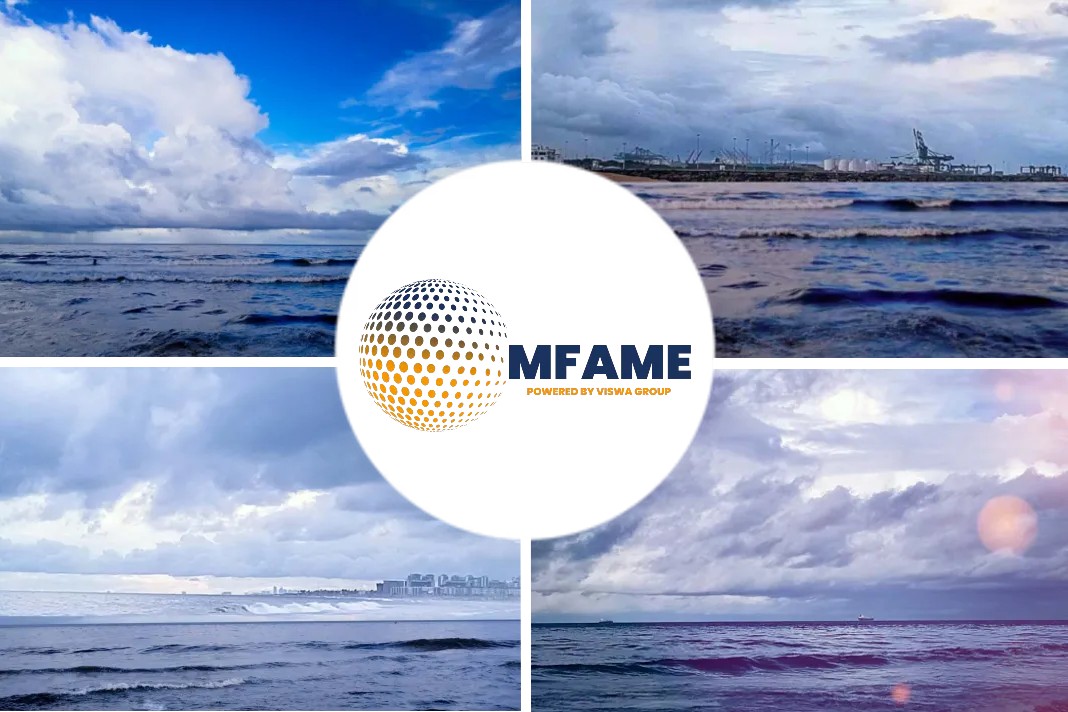Platts writes about the key market indicators of Asia residue fuel market this week.
HSFO and LSFO rally
Although high sulfur and low sulfur fuel oil crack spreads rallied in October as inventories at floating storage around Singapore fall below 3 million mt, according to market traders, some Asian refiners are cautious about raising production rates in November, with the rest of the refining complex coming under pressure.
Marine fuel 0.5% Sulphur
- Morning discussions on the Singapore Marine Fuel 0.5% November-December timespread was stable Nov. 2 at $1.25/mt from the Oct. 30 assessment, brokers’ indications showed.
- Even as traders’ estimates of arbitrage cargoes flowing into Singapore in November have risen to 2 million-2.5 million mt, compared with 1.8 million-2 million mt for October, tight supply combined with lackluster demand has led to volatility in the prompt Singapore Marine Fuel 0.5% swaps market with the November-December timespread alternating between backwardation and contango in the week ended Oct. 30.
- Most Asian refiners look set to maintain lower LSFO production rates in November, continuing a production plan which began towards the end of the second quarter amid oversupply and high floating storage inventory in Singapore, despite the Asian LSFO crack spread having strengthened nearly $1.80/b in October compared with the September average of $6.97/b, Platts data showed.
- In the North Asian market, a combination of high import cargo costs and refinery run cuts in China is expected to keep bunker fuel prices elevated. Refiners which have the capacity to produce more LSFO were also limited by the export quota. Shanghai delivered marine fuel 0.5%S to FOB Singapore marine fuel 0.5%S cargo assessments averaged $20.33/mt in October, compared with $19.11/mt in September.
- Demand remained in the doldrums in Hong Kong, with suppliers estimating a 90% plunge in inquiries since the mandatory quarantine rule for cargo ships started late-July. Suppliers have laid up their barges and are procuring marine fuel on a spot basis instead of term due to the low volumes. Demand is not expected to recover as long as the restriction is not lifted.
High sulphur fuel oil
- According to brokers’ indications and ICE data, mid-morning Nov. 2 Singapore high sulfur fuel oil 180 CST-380 CST November viscosity spread was stable at $6.50/mt from the Oct. 30 assessment, with the best bid oat $5.75/mt versus an offer of $7.50/mt.
- The Singapore high sulfur fuel oil market is expected to be tight in November, as Asian refiners have yet to raise run rates due to weak middle distillate margins, even though high sulfur fuel oil crack spreads have soared. The Singapore 180 CST HSFO/Dubai swaps spread assessments have been in positive territory since Oct. 28, while it was assessed at 45 cents/b on Oct. 30, Platts data showed.
- Demand for HSFO is likely to stay firm, traders said. Pakistan plans to buy 520,000 mt of HSFO for December delivery amid a decline in domestic gas production, while Bangladesh has maintained its HSFO purchase volume at around 250,000 mt in November, similar to October. Bangladesh typically reduces fuel oil imports toward the year-end due to lower temperatures, but the country has canceled a tender to buy spot LNG due to high prices, which led the country to rely on HSFO, industry sources said.
Did you subscribe to our daily newsletter?
It’s Free! Click here to Subscribe!
Source: Platts

























